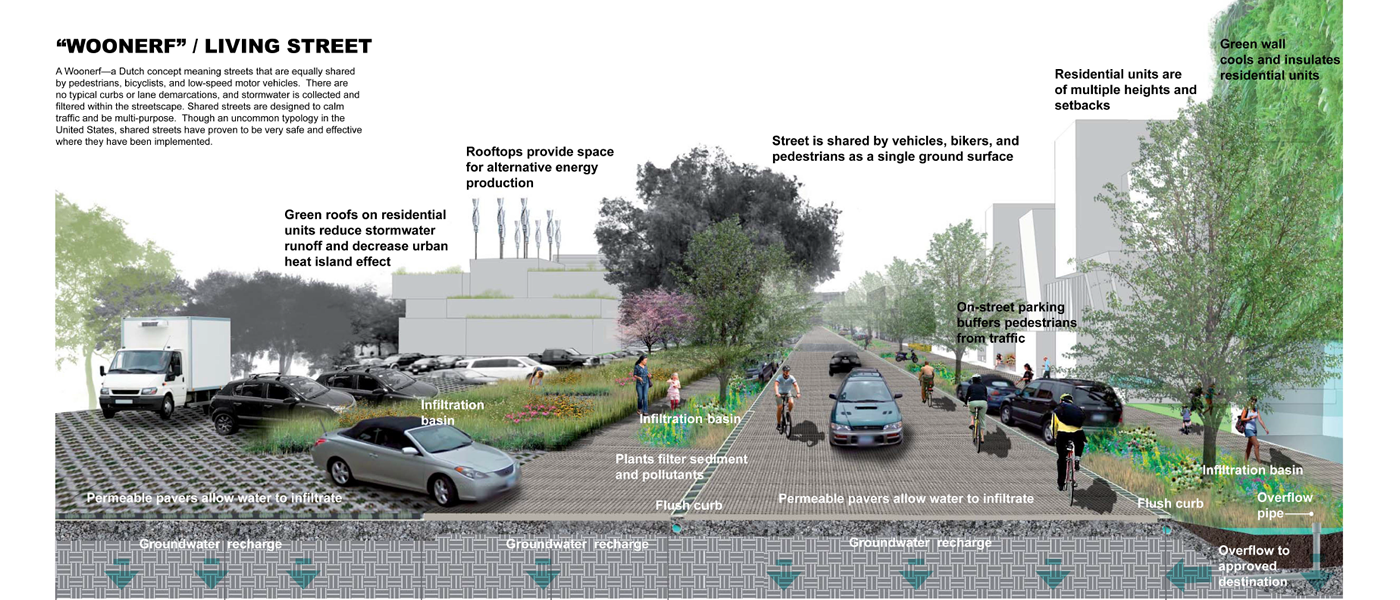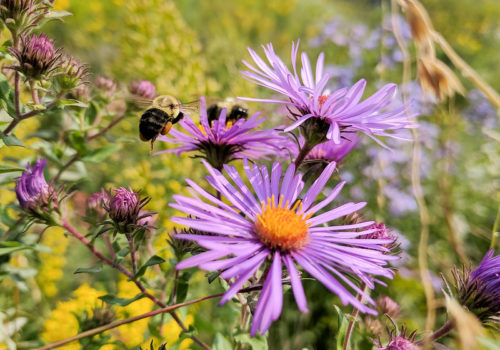News / April 21, 2016
Why We’re Building a Greener Fourth Street

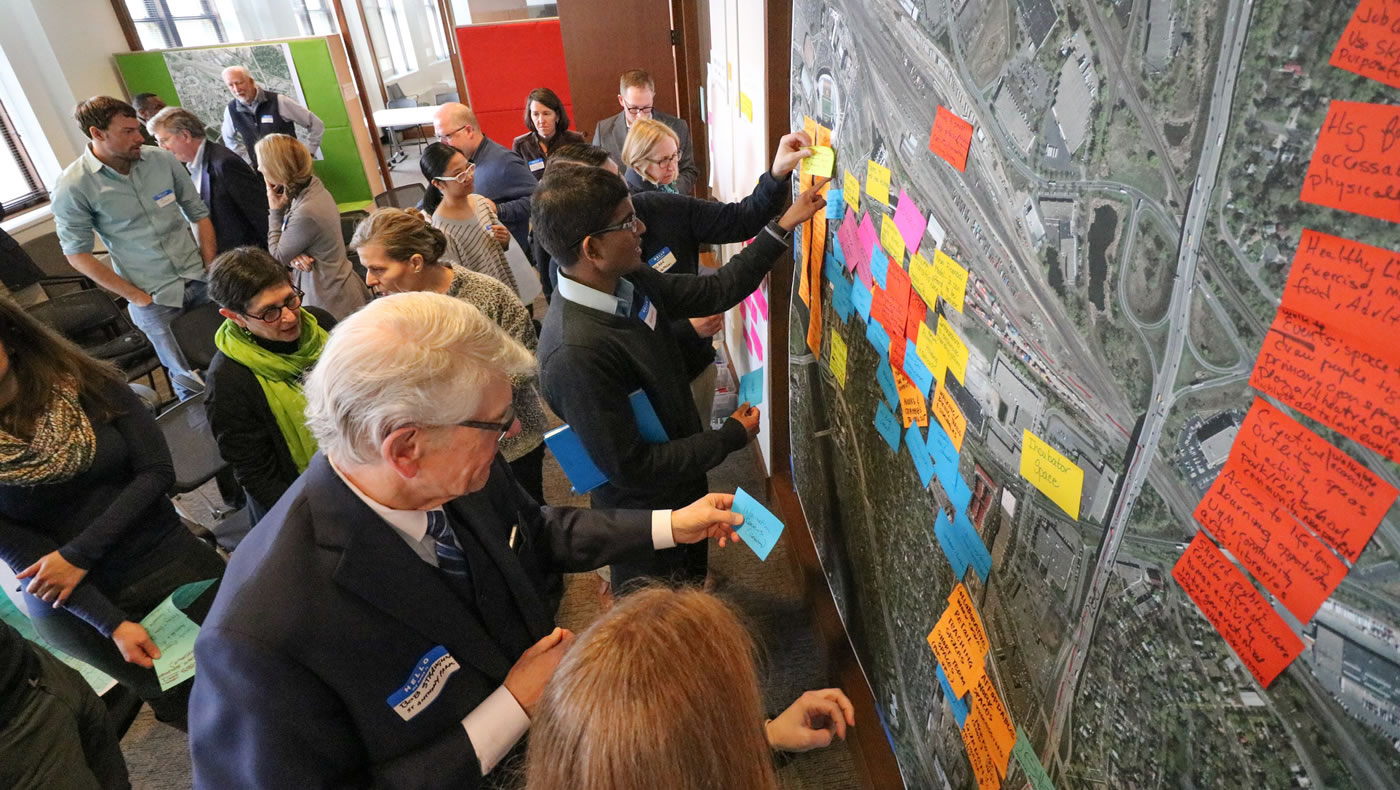
In a few weeks, construction crews will break ground on a new stormwater treatment system along Fourth Street Southeast near the University of Minnesota. Known as “Green Fourth,” the project will reduce pollution in the watershed while adding new public green space and habitat. It’s an exciting project with many public benefits, but to me the most exciting part is how it came about.
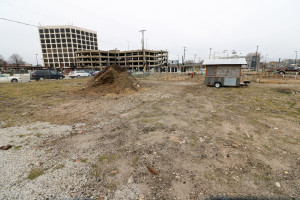
First, the basics: the system will capture stormwater runoff that drains from a roughly four-block area next to the Prospect Park light rail station. A pair of biofiltration basins (similar to giant rain gardens) will filter out pollution. An underground storage tank will hold excess runoff, which can then be reused for irrigation or other purposes by the surrounding properties, as shown in this map.
In many ways, Green Fourth represents a first-of-its-kind effort for the MWMO. We worked directly with a group of private landowners to successfully design a shared stormwater system. Whereas private landowners typically work to meet stormwater requirements on their own, in this case they volunteered to work with us and craft a better solution. It’s a collaborative approach that we hope others will repeat in the area, which is set to undergo a much larger transformation.
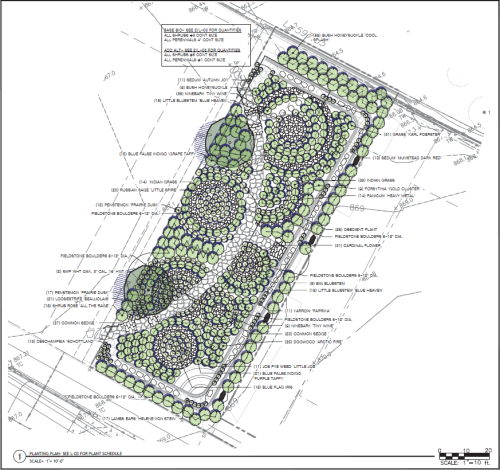
A coalition of community leaders, neighbors and landowners is working together on a master planning effort for the 370-acre area around Green Fourth. This group, known as the Prospect North Partnership, is working to transform this neglected industrial area into an “Innovation District” — a model of environmentally sustainable urban planning that is a magnet for collaborative research, incubator businesses, and housing. For the MWMO, this opens the possibility of creating a true, district-wide stormwater system that values stormwater as a resource.
The partnership has deservedly received good press for their collaborative, inclusive approach to planning. They’re using a process that considers the way people actually want to live to determine the eventual look and functionality of the streets and buildings. On April 8, the Metropolitan Design Center held a pro bono workshop on this master planning effort. I had the privilege to attend, and I saw firsthand the diverse and engaged set of stakeholders who are contributing to this ambitious project.
Last week, I presented a case study on the Green Fourth project at a Minnesota Brownfields event. I highlighted the environmental benefits of the system, which uses a method called biofiltration to treat polluted stormwater runoff. Biofiltration uses natural materials like soil and plants to capture and break down pollutants. It’s ideal for brownfield sites like Green Fourth, where infiltrating runoff into the ground is undesirable due to the contaminated soils beneath.
Keep an eye on our Green Fourth project page for updates.
Related Documents
- Prospect North District Framework and Guidelines for Development (PDF, 6 MB)
- Prospect North Partnership Roster – June 2015 (PDF, 0.2 MB)
